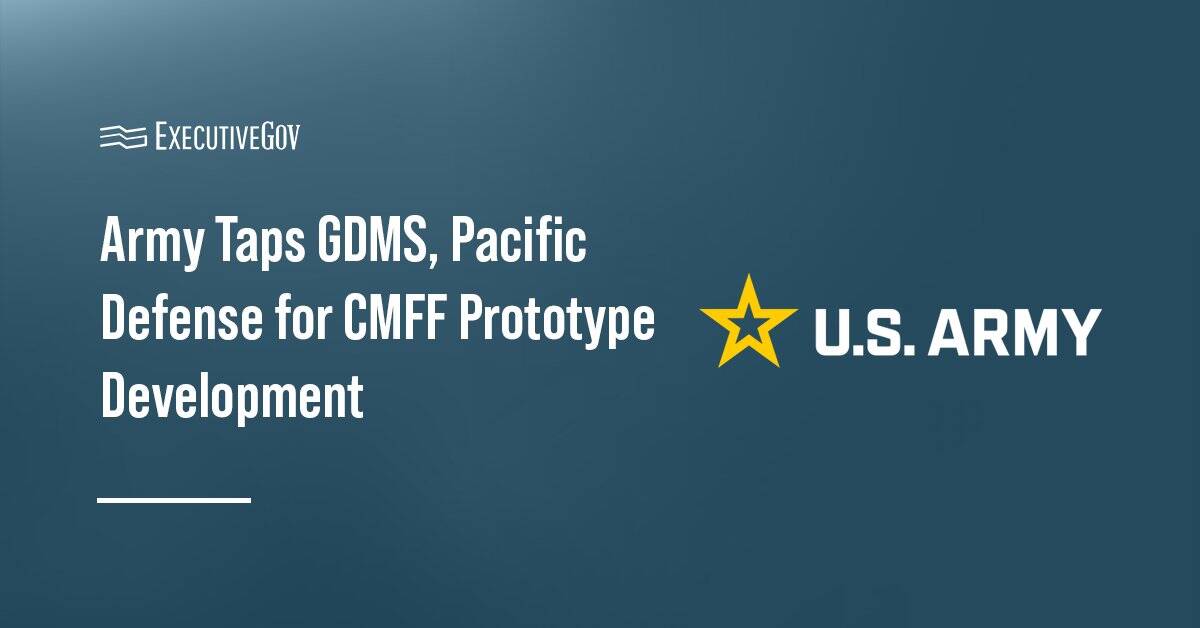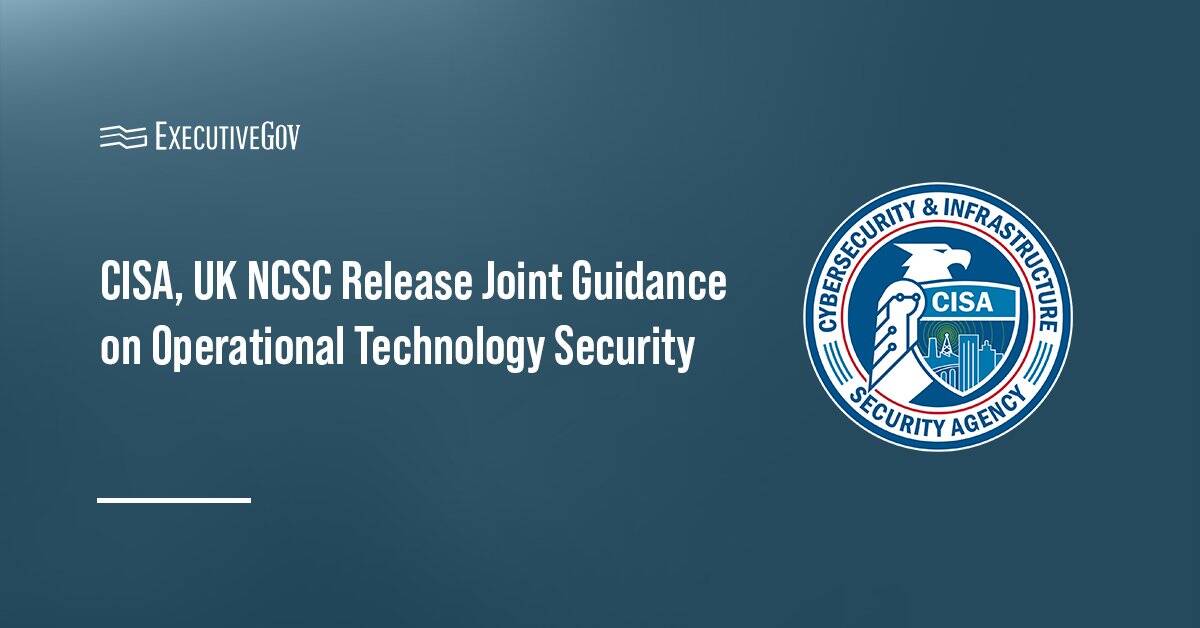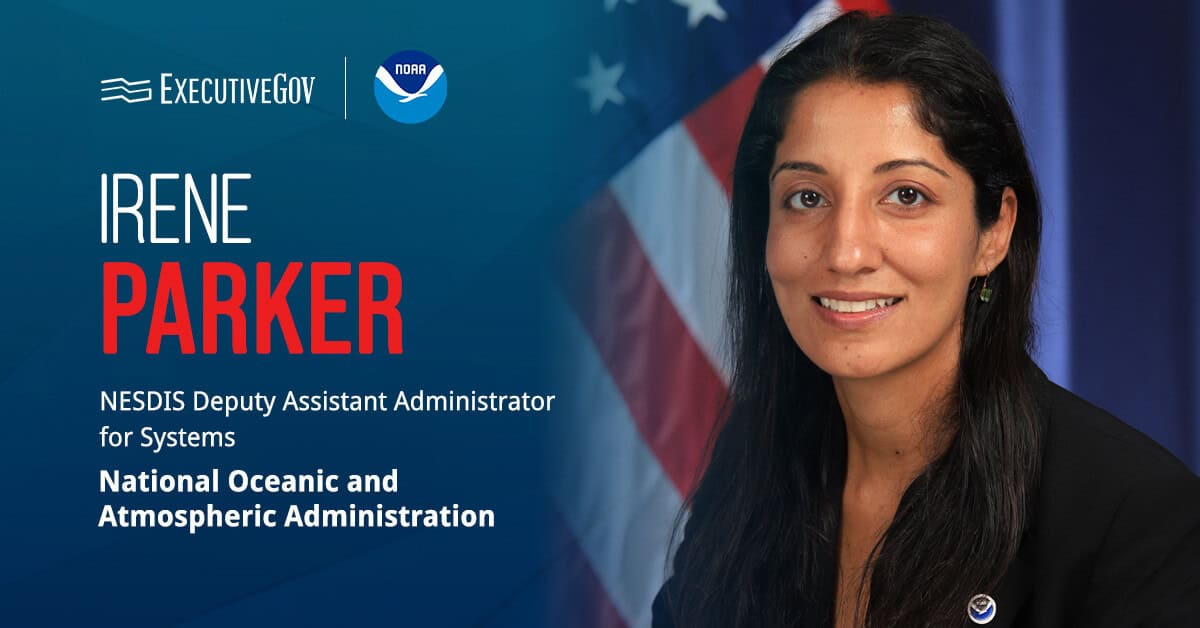 Sen. Ron Johnson (R-Wisconsin) has proposed an amendment to the National Defense Authorization Act for fiscal year 2017 that would remove a provision that imposes a restriction on the U.S. Navy’s use of funds when it comes to the acquisition of littoral combat ships.
Sen. Ron Johnson (R-Wisconsin) has proposed an amendment to the National Defense Authorization Act for fiscal year 2017 that would remove a provision that imposes a restriction on the U.S. Navy’s use of funds when it comes to the acquisition of littoral combat ships.
The proposed amendment to the FY 2017 NDAA is in response to Defense Secretary Ashton Carter’s request to the service branch in December to reduce the procurement of LCS from 52 to 40, Johnson’s office said Tuesday.
“The U.S. Navy has pointed out the significance of the littoral combat ship as a critical component of the fleet,†Johnson said.
“The Navy deserves certainty as it plans for its current and future ship needs, and it is not in our country’s best interest to restrict funding for the needs of the men and women of our naval forces in the face of global threats,” he added.
Related Articles
The U.S. Army has signed new rapid prototype other transactional authority, also known as OTA, agreements with General Dynamics Mission Systems and Pacific Defense to build a chassis that would enable soldiers to plug and play capabilities into military vehicles. Plug-and-Play Capabilities The technology is dubbed CMFF, which is short for Command, Control, Computers, Communications, Cyber, Intelligence, Surveillance and Reconnaissance/Electronic Warfare Modular Open Suite of Standards Mounted Form Factor. It offers both hardware and software designed to converge multiple legacy systems into one chassis in ground and aviation platforms. CMFF is equipped with power, networks and radio frequency to support
The United Kingdom’s National Cyber Security Centre, in partnership with the Cybersecurity and Infrastructure Security Agency, the FBI and other international partners, has published new joint guidance aimed at helping organizations secure their operational technology environments. The document, titled “Creating and Maintaining a Definitive View of Your Operational Technology Architecture,” builds on the recent Foundations for OT Cybersecurity: Asset Inventory Guidance and provides actionable steps to strengthen defenses against cyberthreats, CISA said. CISA is a DHS agency. Potomac Officers Club’s 2025 Homeland Security Summit offers an inside look at the latest programs, technologies and strategies shaping America’s defense against evolving
The National Oceanic and Atmospheric Administration has tapped Raytheon for a mission design and feasibility study on weather imagery capabilities under its Near Earth Orbit Network, or NEON, Stratus project. The company will conduct the Stratus critical design review study under an other transaction agreement NOAA signed with Raytheon valued about $5.9 million, the agency said Friday. Raytheon’s CDR study will focus on a U.S. Space Force design adapted to NOAA’s requirements for Stratus. Under NEON, low-Earth orbit environmental satellites will be launched for weather forecasting, environmental observation and public safety. The program also seeks to demonstrate faster data delivery





